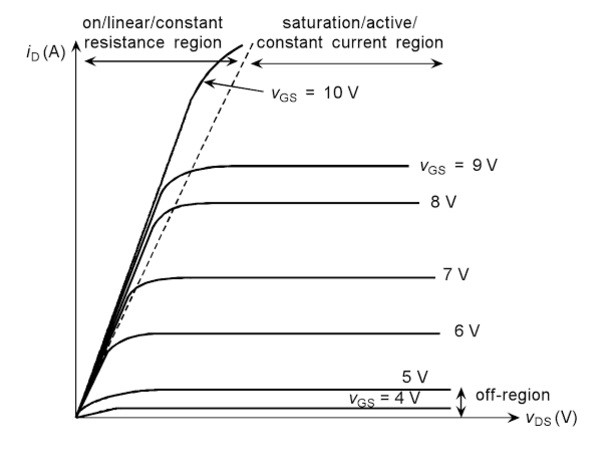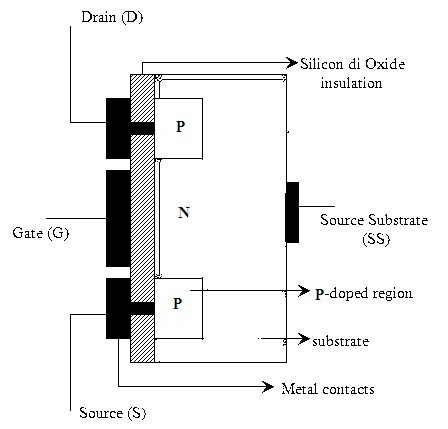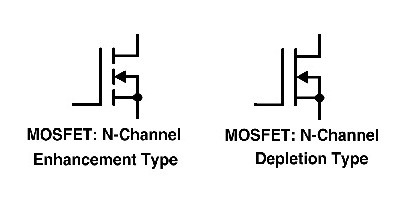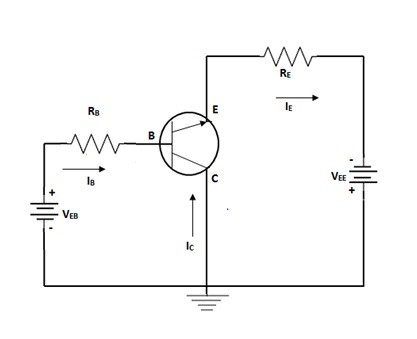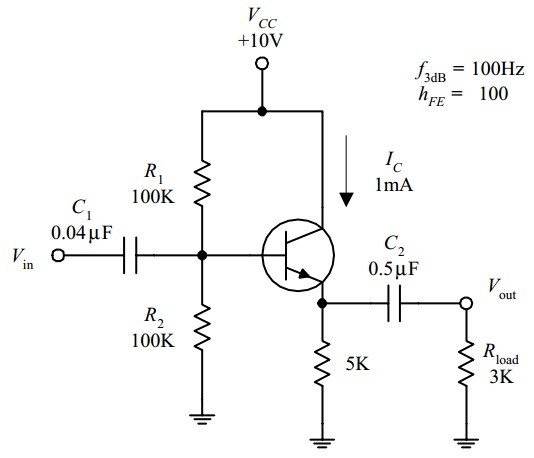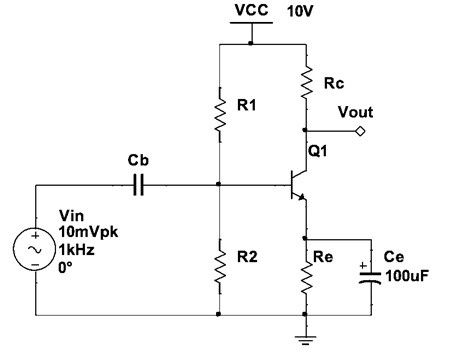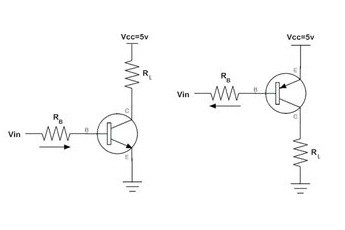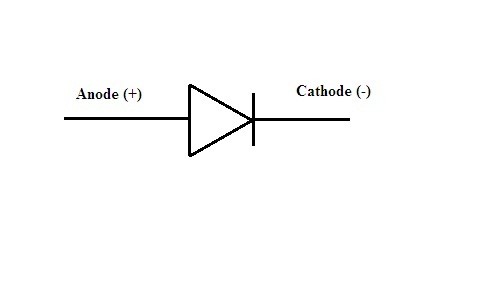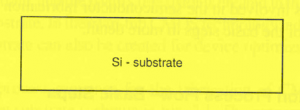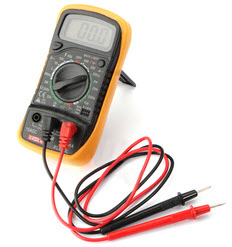MOSFET Switch is a metal oxide semiconductor device that consists of three terminals known as source, gate, and the drain. It comes under the classification of basic field-effect transistor (FET). The conduction is either dependent on the flow of electrons or holes as per the type of the channel. This makes the device to be unipolar. Other than three terminals there exists one more type of terminal that is referred to as the substrate or the body but it is neither used in input nor output … [Read more...]
What is MOSFET : Working and Its Applications
MOSFET is a metal oxide semiconductor that is under the category of the field-effect transistor (FET). These transistors are widely used under the varieties of the applications relating to the amplification and the switching of the devices. Because of its fabrication MOSFET's are available in smaller sizes. It consists of a source, drain, gate and the substrate of the transistor as its terminals. For the circuitry of analog or it be digital this one is the widely preferred transistor. Based on … [Read more...]
Basics of FET, Working Types and Its Applications
FET stands for the Field-effect transistor. These transistors are designed to overcome the drawbacks of the bipolar junction transistors. As the basic transistors have the junction of the emitter in the mode of forwarding bias this makes the device to operate at low impedance levels. This introduces considerable amounts of noise levels. FETs possess all the characteristics which can overcome the drawbacks of bipolar junction transistors and can be a good replacement for the vacuum tubes as well … [Read more...]
Basics of Common Collector Amplifier, Characteristics and Applications
A Common Collector Amplifier is formed from the basic Bipolar Junction transistor (BJT). Basically it is required to have four terminals so that two are preferred for the input and the remaining two is for output side. But it has only three terminals named as collector, base and the emitter. Among these terminals one is made common so that it can be connected on both sides of input as well as output. This leads to the formation of three configurations that are common base, common collector … [Read more...]
What is a Common Emitter Amplifier : Working and Its Characteristics
Common Emitter as an Amplifier is a configuration of the basic Bipolar Junction Transistor (BJT). As it consists of three basic terminals that are base, emitter and the collector but for the input and the output circuit connections it require minimum of four terminals. In order to overcome this drawback a terminal among those three terminals made common so that it behaves in common for both input and output circuitry connections. When emitter is made common to both input and output then it … [Read more...]
What is Amplifier : Circuit Working and Its Applications
An amplifier is a basic circuit that is obtained from the transistors. These devices are designed in such a way that the transistors with the low value of the input signal are converted in terms of the signals which possess high strength. These are most widely used in the concept of long-distance communication and also at the place where the wireless data transmission is used as the media. These are the basic devices installed in the transmitters and the receivers. As the transistor is common … [Read more...]
Transistor as a Switch – Circuit Diagram, Working & Applications
Basically transistor is a type of semiconductor device. These devices consist of three numbers of terminals. The interaction among the two terminals will be in such a way that two junctions are formed in it. These junctions and altogether the terminals are responsible for the generation of the current either the current controlled or the respective voltage-controlled devices are designed. This article discusses below about Transistor as a Switch along with its working and applications. The … [Read more...]
Types of Diodes and their Applications
A basic diode consists of two terminals. This terminal is referred to as anode and cathode. It has a property of conducting the flow of current in a single and unified direction. This basic property of the diode makes it as a basic building block in the power supply units. because there it is preferred in the process of rectification. It is used during the modulation of the signals. There exist many uses for the diodes based on the requirements in various fields of electronics as well as … [Read more...]
Principle and Explanation of NMOS Fabrication Technology
There are a huge number and assortment of fundamental fabrication steps utilized as a part of the generation of present-day MOS ICs. A similar procedure can be utilized for the planned of NMOS or PMOS or CMOS devices. The most commonly used material could be either metal or poly-silicon. The most regularly utilized substrate is mass silicon or silicon-on-sapphire (SOS). In order to keep a strategic distance from the nearness of parasitic transistors, varieties are acquired the systems that are … [Read more...]
Ohmmeter Circuit Diagram and Working Principle
While testing, repairing or troubleshooting electronic equipment, you use different meters and different types of test equipment to test proper circuit currents, resistances, voltages and to decide whether the wiring is faulty. Without knowing the operation of the Ohmmeter, it is not possible to connect this instrument to a circuit to test the component. However, to be a competent technician, we need to be competent to do more than merely read a test instrument. For that we need a basic … [Read more...]
- « Previous Page
- 1
- …
- 5
- 6
- 7
- 8
- 9
- …
- 11
- Next Page »
